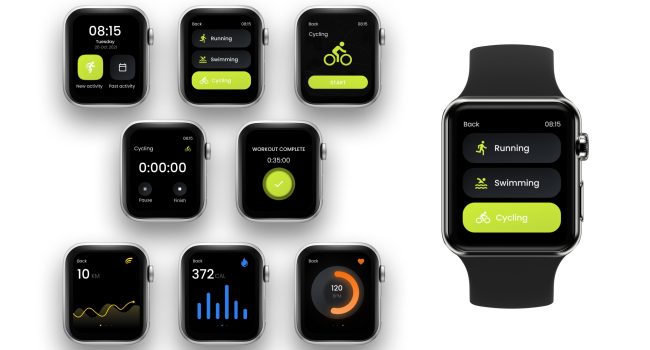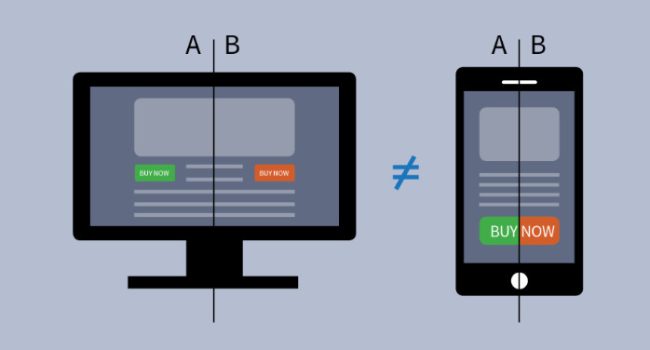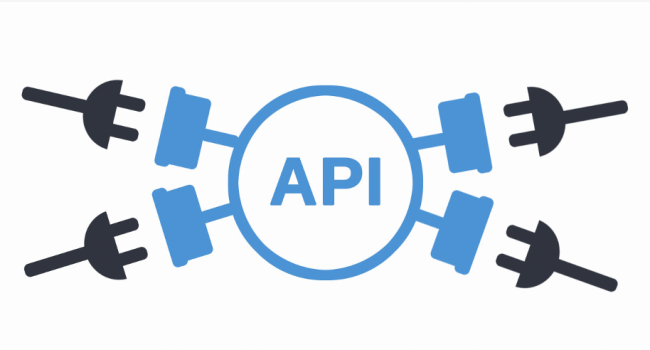The backend of a mobile application backend development must be created in order to produce successful mobile applications. Users engage with an application through its front end, while its back end handles data processing, storage, and essential business logic. It serves as the brains of the application, providing power and guaranteeing smooth operation.
Strategies for the Backend Mobile App Development
As part of their mobile app development services, app developers work on the backend of mobile apps. Two main approaches can be used to approach mobile backend:
Traditional Mobile Backend Development
This approach for the backend solutions include creating a unique backend for each mobile app function using a programming language like Java, Python, or Ruby. The backend is then hosted on a mobile app server, cloud servers, or cloud platforms.
Although this type of app and backend software stack offers the highest level of control and flexibility, their development takes a considerable amount of time and money.
Backend as a Service (BaaS)
As application programming interfaces (APIs), BaaS is a cloud-based service that offers pre-built features and functionalities. The backend development of mobile apps is made easier by this software as a service. By delegating the management of the mobile backend solution to the BaaS provider, it allows mobile app development businesses to focus on the frontend development and user experience of the application.
Due to its speed and cost-effectiveness, this mobile app backend development approach is particularly advantageous for small firms and startups developing software, as it minimizes the expenses and time required to construct web apps.
Key Components of Mobile App Backend Development
A common list of the crucial elements that comprise a mobile app backend is as follows:
Server
Serving as the main processing unit of the program, the server is in charge of receiving requests from the front end, handling data, and sending responses. It serves as the main hub for handling security protocols, authentication, and data storage and management.
Additionally, the server enables connection between the application and any external APIs or third-party services that could be necessary for specific mobile app functionalities.
database
Database
All of the user information, content, and other data required for the app to function properly are stored in the database. It ensures that the mobile application can access and analyze the required data fast by enabling efficient data storage, retrieval, and modification. As the number of mobile apps increases, the database is essential for preserving data integrity and offering a scalable method of managing massive volumes of user data.
Application Programming Interface, or API
APIs provide uninterrupted data flow by acting as a bridge between the backend server and the mobile app. Users may engage with the app in real time and easily get the most recent information thanks to this smooth communication between the app and the server. Furthermore, APIs give developers the ability to include different features and services from other parties into the program, improving both its functionality and user experience.
Essential Features for the Backend Development of Mobile Applications
The backend of a mobile app needs to contain several functions in addition to its core functionality. Although there are many of these features, the basic set might comprise the following:
Push Alerts
Push notifications are enabled by the app’s backend and are intended to keep users informed and interested in the app. App developers may improve user experience overall by carefully utilizing these notifications to drive user activities, promote app usage, and increase user retention.
Push notifications should be used sparingly, though, as too frequent or pointless alerts can drive users to uninstall apps. To guarantee that users receive pertinent and timely messages, the backend must enable users to modify their notification preferences and use smart targeting.
User Verification
A thorough approach to user data protection and privacy protection must include secure user login and permission. Several authentication methods, including multi-factor authentication, social network logins, username-password authentication, and biometric authentication, are used by the backend.
The backend makes sure that only authorized users may access their accounts by putting robust authentication procedures in place. In the meanwhile, the degree of access allowed to verified users is determined by user authorization. Administrators, for example, could be granted more privileges than ordinary users.
Integration of a Payment Gateway
To guarantee that payments are simple and safe for applications that process them, backend mobile app development must integrate a payment gateway. Sensitive user data, including banking or credit card information, is handled by the payment gateway, which securely stores and encrypts it during transmission to prevent unwanted access.
Better user experience, more seamless conversions, and greater confidence in the app’s dependability are all results of integrating a payment gateway. Additionally, the app’s backend can concentrate on other important duties by handing off the burden of payment processing to the external payment gateway.
XR Studios in back-end development
XR Studios stands out as a frontrunner in the backend development of mobile applications thanks to our extraordinary skill. Our developers are experts at creating scalable and reliable backend systems that are specifically designed to satisfy the demands of your mobile application. We are experts in incorporating the most recent business practices, guaranteeing the smooth deployment of features for real-time communication, safe data storage, and optimized server performance.
XR Studios is committed to exceeding customer expectations with creative solutions that serve as a solid basis for high-performing mobile applications.
Conclusion
Building a mobile application’s backend is crucial to developing robust and high-performing mobile applications. No matter how much the app scales or the backend technology stack evolves, skilled developers can choose the right tools and technologies to build scalable, secure, and user-friendly backends that enable mobile backend solutions to fulfil their purpose.
Since the landscape for mobile apps is always changing, good backend development will remain a crucial factor in defining both the overall success of an app and the calibre of the user experience. However, a well-organized development process and adherence to best practices will always be necessary for the successful release of an app






